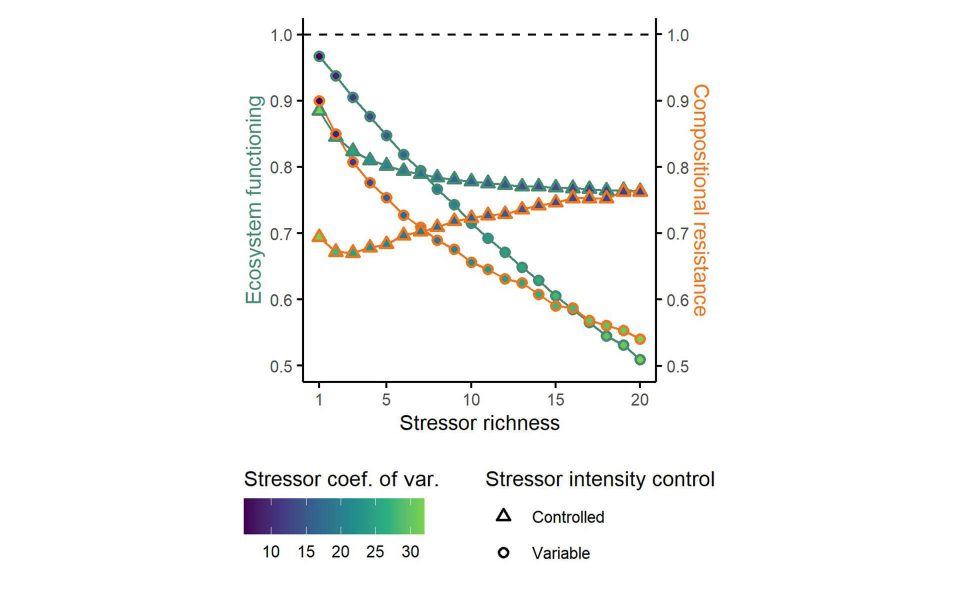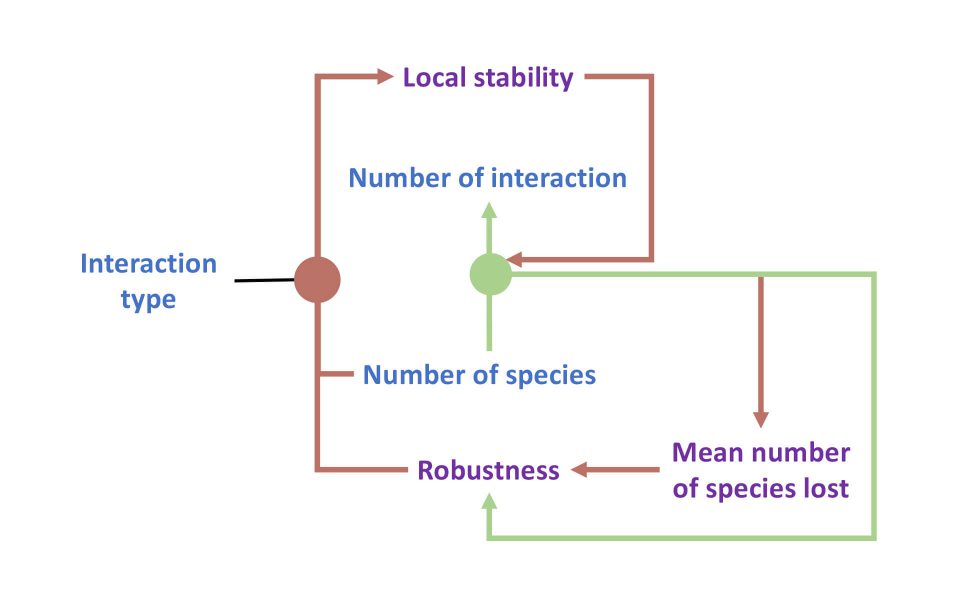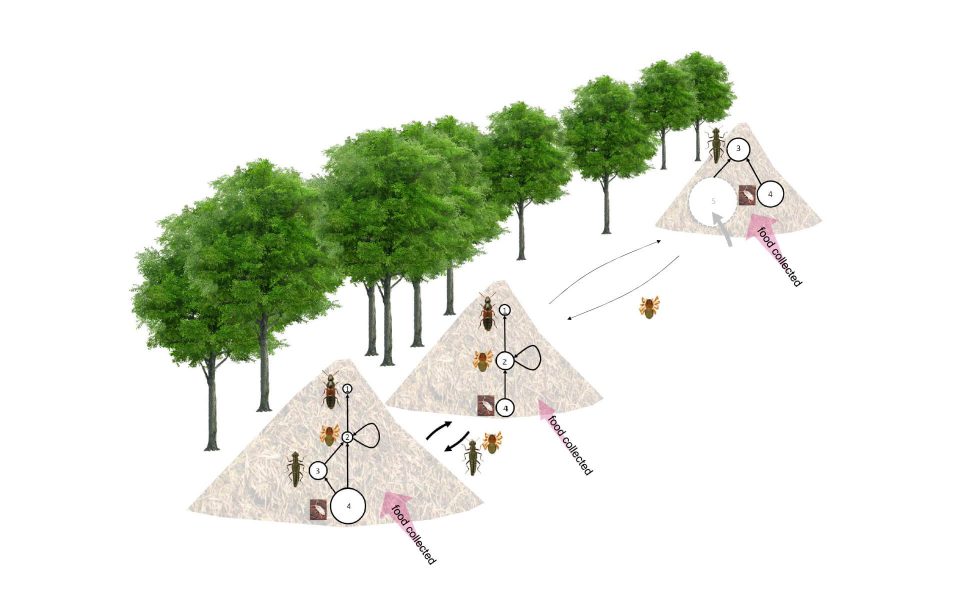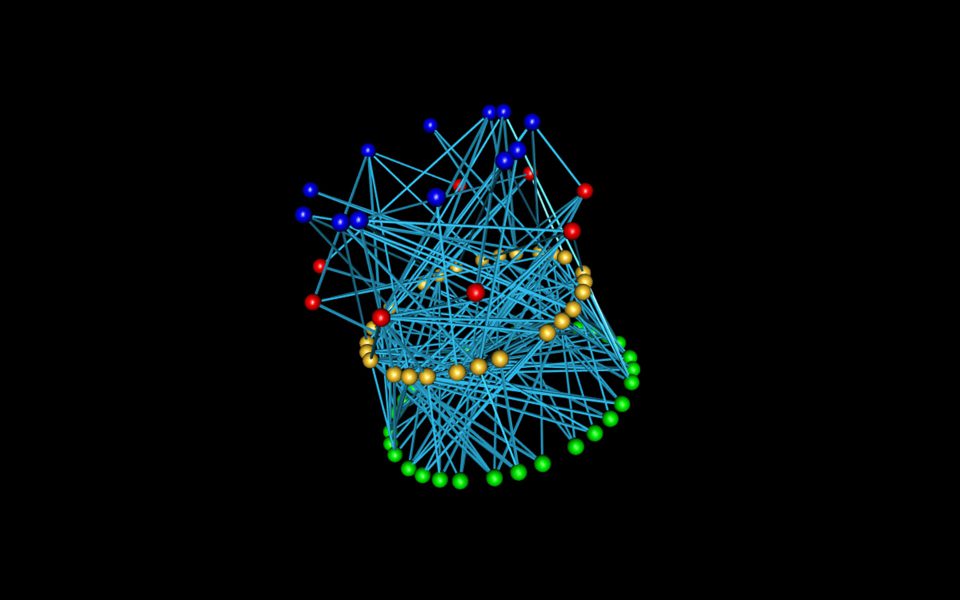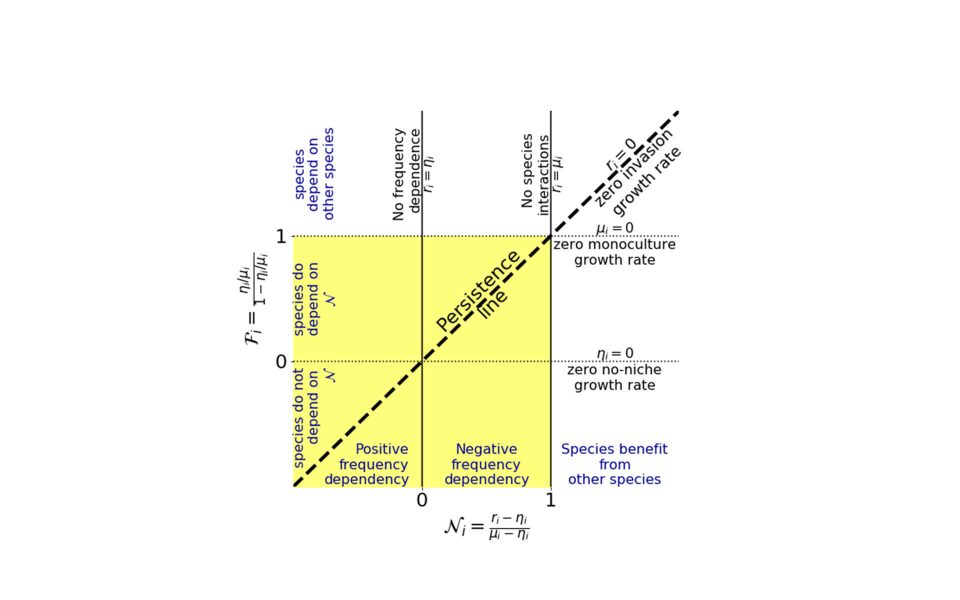Lab of Environmental Change and Community Ecology
The lab of Frederik De Laender at the University of Namur
Learn moreAbout and mission
An important objective in ecology is to understand ecological change from environmental change. Our mission is to examine how characteristics of communities, as well as of the environmental changes themselves, drive community dynamics and thus composition, biodiversity, and ecosystem functions. We do so by combining mathematical modelling, theory development, and analyses of existing data. We also sometimes try our hand at experiments with microbes.
Frederik De Laender
Twitter feed is not available at the moment.
